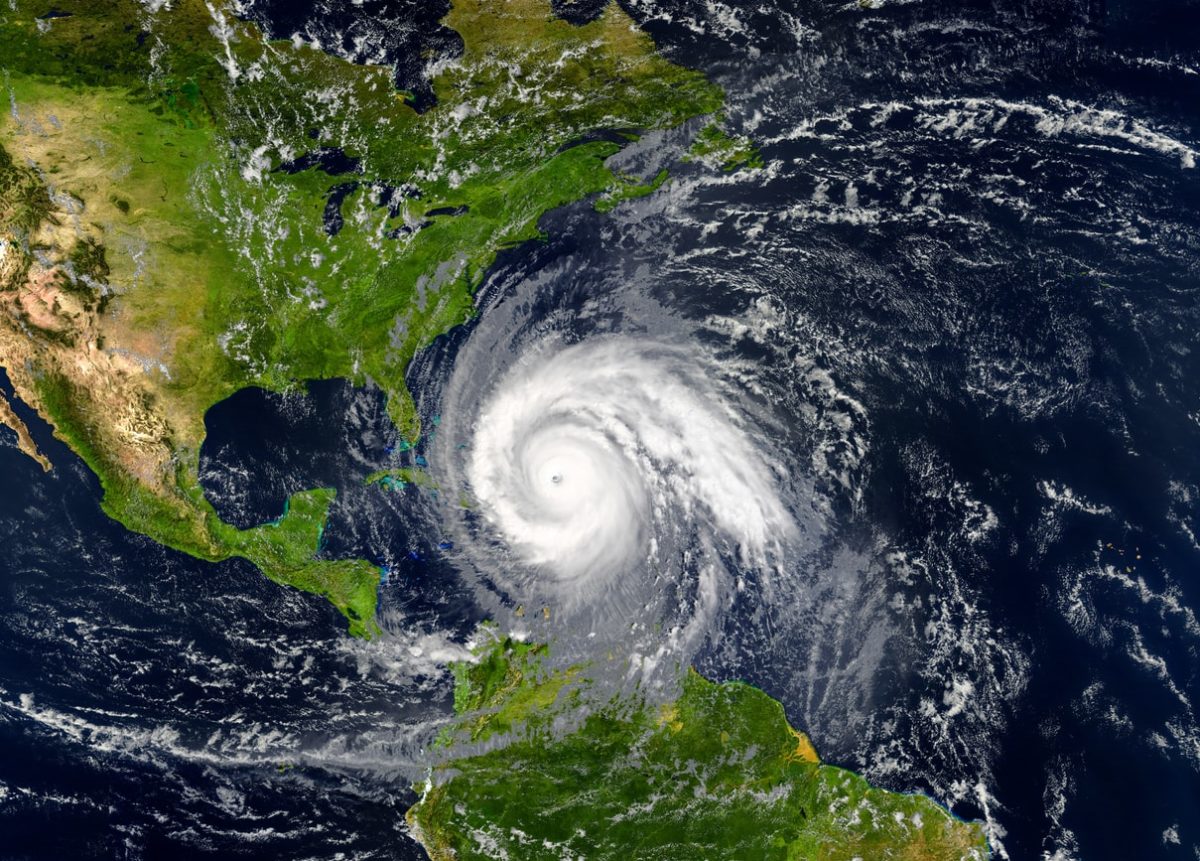
The hurricane season, which runs from June 1 through November 30, is predicted to be “near normal,” according to the National Oceanic and Atmospheric Administration (NOAA)—but that’s not necessarily good news. That’s because “near normal” means that NOAA predicts there will be a likely range of nine to 15 named storms (winds of 39 mph or higher) in the Atlantic, of which four to eight could become hurricanes (winds of 74 mph or higher), including two to four major hurricanes (category 3, 4 or 5; with winds of 111 mph or higher).
As we all know it only takes one major storm to cause devastating property damage. According to a report by CoreLogic, a leading provider of property insights and solutions, more than 7.3 million single- and multifamily homes along the Gulf and Atlantic Coasts have the potential for storm surge damage. Florida, Louisiana, New York and Texas have the greatest number of homes at risk of storm surge, with New York City, Newark and Jersey City the metropolitan areas with the greatest risk of storm surge with just over 831,000 homes at risk.
To help you get hurricane-prepared, keep you and your loved ones safe and minimize potential property damage, we’ve compiled several tips, courtesy of the Red Cross:
- Have a plan in place. If you need to evacuate, be sure all utilities are turned off and follow community disaster preparedness plans. Identify places to go in an emergency, such as a friend’s house in another area or a local hotel. Be sure to account for your pets as most local shelters do not permit them. Identify the hurricane evacuation routes for your area to determine how you would get there if you need to leave.
- Secure your home’s exterior. Outdoor furniture and other objects can pose a potential hazard so bring them inside. Trim large trees and shrubs.
- Strengthen your home. Cover windows, secure loose outdoor items, clear loose or clogged rain gutters, reinforce garage doors, and install a generator for emergencies.
- Move your cars. Move all vehicles to higher ground or park them in your garage against the garage doors. Do not park under trees, power lines or in low-lying areas.
- Power up. Make sure the gas tank is full, your cell phones are charged, test your generator and have plenty of fuel ready in the event of a power outage.
- Assemble an emergency kit. This should include first aid supplies, a flashlight, extra batteries, at least three days’ worth of non-perishable foods and water, towels and a supply of any necessary medications. Stay informed of the storm’s path and progress by monitoring Wireless Emergency Alerts via text message and having a battery-powered radio or TV available.
- Protect financial documents. In the event of a disaster, you will need identification and financial documents to begin the recovery process. Safeguard important documents in a bank safety deposit box or computer storage device (cloud, thumb drive). These items include:
- Personal identification (driver’s licenses, birth certificates, military IDs, passports, etc.)
- Financial account information (checking, savings, retirement and investment accounts, credit/debit cards).
- Insurance policies on all personal property, including appraisals and lists and photos of valuable items.
- Ownership or leasing documentation for homes and vehicles (deeds, titles, registrations, rental agreements, etc.)
- All health and medical insurance documentation.
Also, protect your valuables, such as jewelry, in a safety deposit box or in a bolted safe in an interior closet.
- The United States Coast Guard recommends that boat owners turn off the watercraft electrical system and remove the battery. Additionally, remove any moveable equipment from the vessel to avoid breakage. Anything that can’t be removed, such as the tiller, wheel, and booms, should be firmly in place. Put protective covering in places where the ropes touch the boat to avert chafing. All windows, doors, and hatches should be sealed, and shut off the boat’s fuel lines.
- For vessels that remain in the water, the Coast Guard recommends you use two anchors at minimum, and position the boat’s bow so it’s facing prevailing winds. Anchor lines should be 10 times the water depth at the mooring location to counteract the impact of a storm surge. Engine room vents should be covered and the stern’s exhaust pipes should e plugged to prevent water from flooding your motor.
Be sure you know the ins and outs of your insurance program. Standard Homeowners insurance does not provide insurance for flood damage. A Flood policy is required. Also make sure you have sufficient Boat insurance.
Owens Group is available to review your coverage to ensure you are properly covered. We offer Homeowners insurance (including coverage for high-value homes), Renters and Co-op and Condo coverage, Flood insurance, and Yacht & Watercraft coverage. Please contact Maureen Conn at 201-408-3507.

